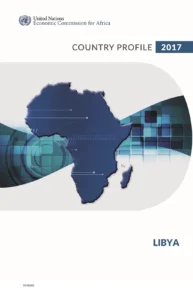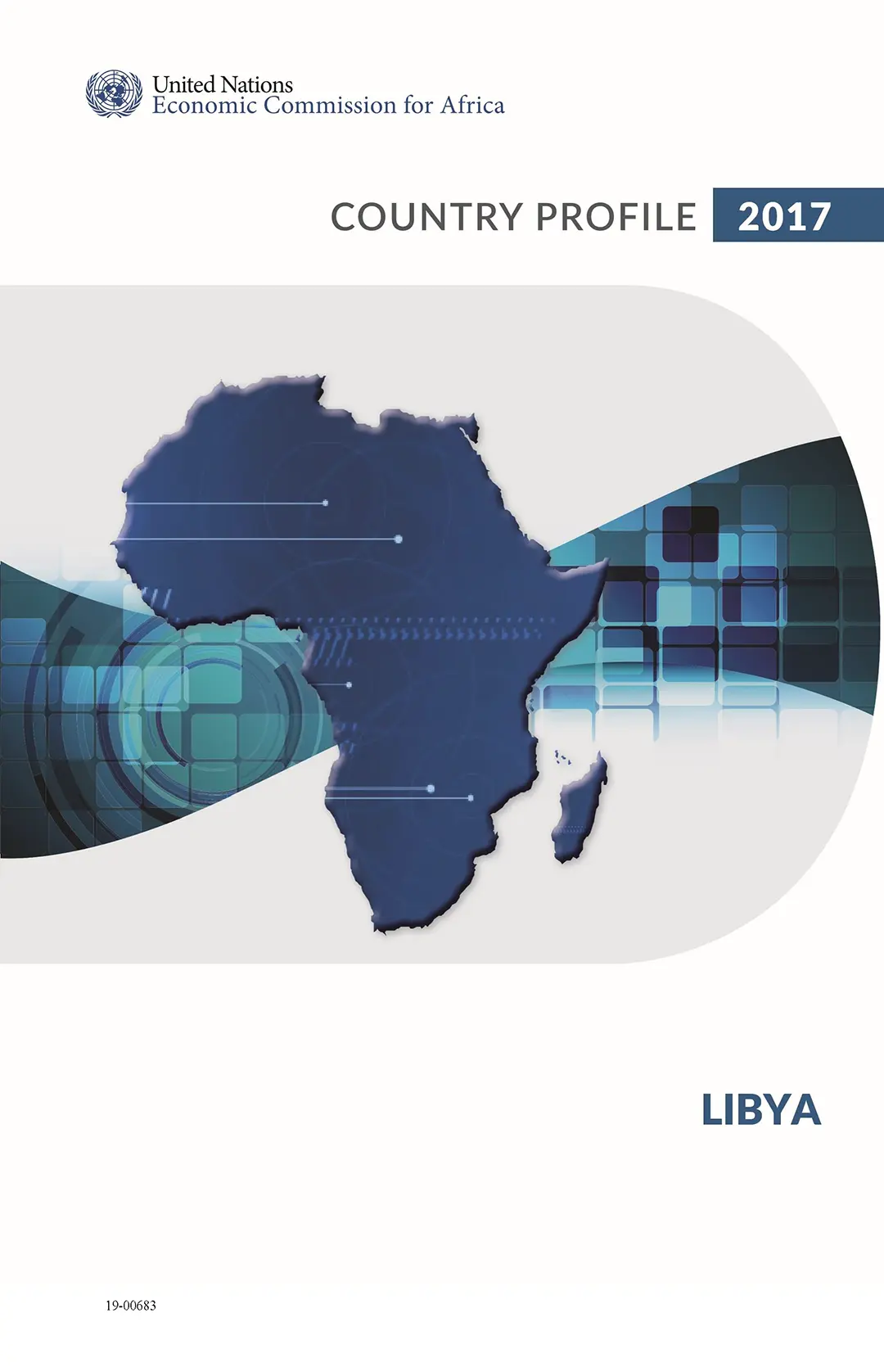In the aftermath of the Arab Spring, Libya entered a new historical phase marked by periods of instability and attempted conflict resolution. The first post-revolution national elections in Libya were held in July 2012 with power formally transferred from the National Transitional Council to the General National Congress. The new prime minister and cabinet were approved by late October 2012. However, the instability of the country’s governance institutions has impeded political transition and efforts to promote national unity in a country emerging from a lengthy era of political suppression. Tensions over the control of the country’s oil resources came to a head in March 2014 following the dismissal of the Libyan prime minister by parliament because of his government’s failure to address the crisis. In mid-2014 the country was plunged into an unprecedented period of political unrest and insecurity. Libya’s intensive political instability led to the emergence of two governments: one based in Tripoli, in the west of the country, which was supported by the General National Congress, and one based in Tobruk, in the east of the country, which was supported by the House of Representatives. Under concerted pressure from the international community and under the auspices of the United Nations, a power sharing accord was signed in mid-December 2015 between the two rival governments. The Libyan Political Agreement provided for the formation of a one-year interim government of national accord to end the political crisis, which could be renewed once only. The Libyan Political Agreement was thereafter renewed until December 2017. However, none of the numerous proposed cabinets have been approved by the House of Representatives.


